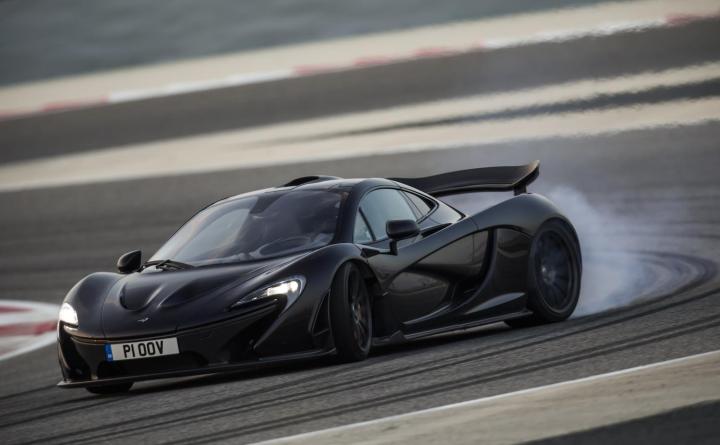
Now that era is coming to end. Ferrari and Porsche wrapped up production of their cars a while ago, and the last McLaren P1 just rolled out of the company’s factory. McLaren capped production at 375 units when it first announced the P1, and sold every one before production even started. It’s just taken the company awhile to complete those orders.
The P1 was first shown as a lightly disguised concept at the 2012 Paris Motor Show, and then debuted in production form at the 2013 Geneva Motor Show. Production began in the spring of 2013 on a special line at McLaren’s U.K. factory. Production proceeded at the rate of roughly one car per year, with each car taking about 17 days to build.
McLaren’s mightiest uses a 3.8-liter twin-turbocharged V8, teamed with an electric motor. Together, they produce 903 horsepower and 664 pound-feet of torque, enough to get the P1 from 0 to 62 mph in 2.8 seconds, and on to a claimed top speed of 217 mph. The electric motor is also used to fill gaps in the V8’s torque curve, providing smoother and more consistent acceleration.
The P1 is built around a carbon-fiber “MonoCage” chassis that essentially turns the passenger compartment into the main structure of the car. This was meant to reduce weight compared to cars using traditional carbon-fiber bodies; McLaren says the P1 has a dry weight of 3,196 pounds. Its outrageous styling isn’t just for show either. In Race mode,the P1 can generate up to 1,322 pounds of downforce.
While the “standard” P1 may be driving off into the sunset, McLaren still has orders for the P1 GTR track car pending. Built to honor the Le Mans-winning F1 GTR, the P1 GTR can’t actually be driven on public roads, but does boast 986 horsepower and numerous modifications meant to further improve performance. McLaren expects GTR production to wrap up in early 2016.


